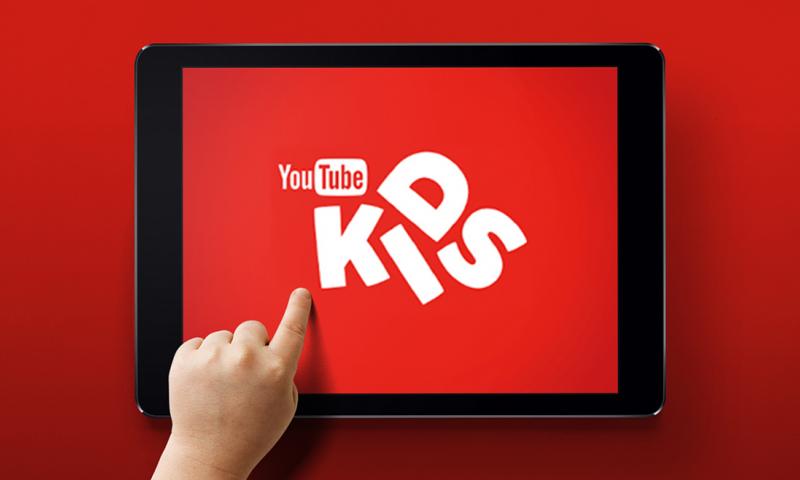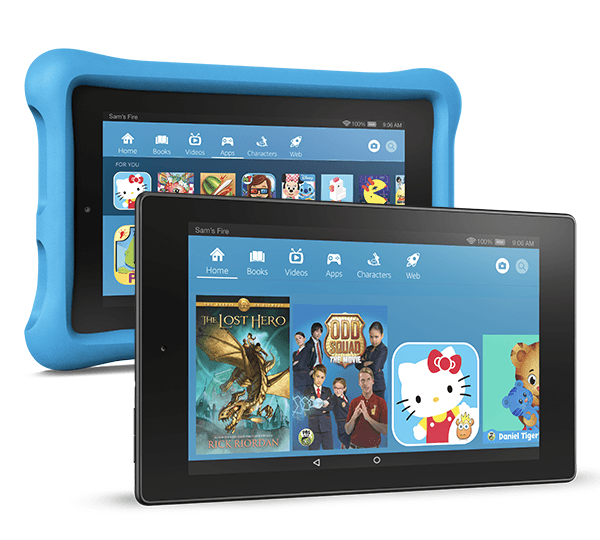Monitoring your child’s online activities is far more challenging today than it ever was. Between multiple devices constantly connected to an increasingly dangerous Internet and your need for your child to be tech-aware for the sake of their future, the whole exercise of implementing parental control solutions can become extremely frustrating for you and your child.
So, what is the lay of the land, so to speak? What technologies are available for effective parental control that doesn’t overly impinge on your child’s freedom or privacy? What are the other considerations to keep in mind when using parental control technologies?
Let’s take a look at today’s parental control software solutions to see what important factors need to be considered.
Mobile Device Monitoring
Specific to devices are solutions for mobile phone monitoring. One such parent control app is Spyzie, a web-based smartphone and tablet app that works by tracking multiple metrics and giving you a range of data types. Some of these include text messages and social media posts, GPS location with route history, browser history and bookmarks, stored multimedia files and call logs.

Spyzie also lets you view keystrokes and even take screenshots on the target device. All you need to do is install and activate the app on the target device, and you’re all set. Since this is a web-based application, you can monitor the target device from any other device like your own smartphone, tablet or PC. It’s a simple and elegant solution to a harrowing problem, and the best part is that it is fully compatible with Android 9.0 Pie and iOS 12.
General Website Usage Monitoring
On the other hand, if your child is too young to use a mobile device unattended and you simply want to control screen time when they’re online at home or under your supervision, then there are several other solutions offered by companies like Apple, Amazon, Google, etc.
As an example, Google offers YouTube Kids as a mobile app. It essentially filters out child-friendly content and makes it available on a separate platform from the main YouTube portal. Salient features include time restrictions, content parameters and so on.

If you have a Fire device, then Amazon’s FreeTime is a great utility. It also works with the Echo’s Alexa, Amazon’s voice-oriented virtual assistant, as well as on Android, iOS and Kindle devices. There’s some great content there for specific age groups, and the Amazon Parent Dashboard gives you convenient snapshot views of content and activity. It even allows you to set educational goals for your child, which is a unique take on monitoring apps.

In case you’re only interested in monitoring web usage on your home PC, then you might consider apps like Qustodio or Net Nanny. These are standalone programs for desktop computers. Going deeper, you have hardware programs like unGlue Home Monitor or Circle with Disney, which work at the Wi-Fi router level. That means they can control web traffic to and from any device connected to that particular Wi-Fi network. This is useful when you have multiple devices at home; however, you need to make sure that mobile data is disabled on individual devices or it defeats the whole purpose.

The Bigger Question: Your Child’s View
That’s about the utilities available, but what about intangible considerations, such as your child’s reaction to being monitored? Some children are natural rule-followers, while others find fun in breaking rules. The big question here is whether or not you have ‘buy-in’ from your child. Younger kids are generally easier to handle with respect to restrictions, but teenagers will tend to resent any stifling on their freedom, as parents with young adults well know. What do you do in this type of situation?
Unfortunately, technology can hardly help in such cases. You’ll need to resort to the old ‘sit down and explain things’ approach. No, it’s not a new mobile app! It is the act of patiently explaining to a (sometimes belligerent) child why their online activity needs to be monitored by you.
And, by the way, this is not necessarily exclusive to teenagers, either. Even kids below the age of 13 nowadays are clamoring for new devices and social media accounts so they can virtually ‘hang out’ with their friends.
You need to figure out the best approach to use, what examples to give your child so they can understand the need to wait to grow older before they can access certain types of content, and so on.
The worst thing you can do is control social apps and implement monitoring technologies without giving explanations or allowing for dialog. It’s what China does to its citizens, isn’t it?
You don’t want to become that kind of parent because it could encourage your child to find ways to deceive you. And there are tons of ways, believe me. What if he accesses content from a friend’s device that doesn’t have any restrictions? Or what if he’s tech-savvy enough to find vulnerabilities in whatever restrictive apps you’ve put on his or her mobile phone? What if your child figures out your password and surreptitiously changes the settings on your phone?
The point is, child ‘buy-in’ is critical to the process of online safety, and it’s something you can’t afford to ignore. Parental control should be a joint effort that involves the child, not a “mandate from on high” that forces kids to acquiesce. They thrive on technology, but they depend on you to bring that balance between complete online abstinence and extreme digital freedom.



